The length of a water ski rope might seem like a minor detail to the uninitiated, but for those who live and breathe the sport, it’s a critical factor that can make or break a ride. The right rope length affects everything from the skier’s ability to carve through the water to the intensity of the workout. Whether you're a beginner finding your balance or a seasoned pro aiming for the perfect cut, understanding rope dynamics is essential.
The Basics of Water Ski Rope Length
Water ski ropes are not one-size-fits-all. They come in varying lengths, typically ranging from 50 to 75 feet, with adjustments made in increments of 5 or 10 feet. The standard tournament length is 75 feet, but shorter ropes are often used for training or specific tricks. The length determines how far the skier is from the boat, influencing speed, wake crossing, and overall control. A shorter rope brings the skier closer to the boat’s wake, making it easier to navigate, while a longer rope provides more space for advanced maneuvers.
Why Rope Length Matters
For beginners, a shorter rope is usually recommended. The proximity to the boat means the wake is smaller and easier to manage, allowing new skiers to focus on balance and basic techniques. As skills improve, increasing the rope length introduces larger wakes and more challenging conditions, helping skiers progress. Competitive skiers, on the other hand, often use longer ropes to maximize their speed and agility when performing complex tricks or slalom runs. The rope’s length directly impacts the skier’s ability to generate momentum and execute sharp turns.
The Physics Behind the Rope
The relationship between rope length and boat speed is a delicate balance. A longer rope requires higher boat speeds to keep the skier on plane, while a shorter rope can be used at lower speeds. This is why slalom skiers adjust their rope length based on their skill level and the type of run they’re attempting. Additionally, the rope’s tension plays a role—when a skier cuts across the wake, the rope tightens, transferring energy that propels them forward. A properly calibrated rope length ensures this energy transfer is efficient, allowing for smoother, more controlled movements.
Choosing the Right Rope for Your Style
Freestyle skiers and trick specialists often prefer shorter ropes, as they allow for quicker rotations and tighter spins. In contrast, jump skiers use longer ropes to build up speed before launching off the ramp. Slalom skiers might adjust their rope length multiple times during a session, fine-tuning it to match their rhythm and the water conditions. The key is experimentation—what works for one skier may not work for another, and personal preference plays a significant role in finding the perfect length.
Maintenance and Safety Considerations
Beyond length, the rope’s material and condition are equally important. Modern water ski ropes are made from high-strength polyethylene or spectra fibers, designed to withstand immense tension without stretching. A frayed or worn rope is a safety hazard, as it can snap under pressure. Regular inspections for wear and tear are crucial, and ropes should be replaced at the first sign of damage. Proper storage, away from UV exposure and harsh chemicals, also extends the rope’s lifespan.
The Evolution of Water Ski Ropes
Water ski ropes have come a long way since the sport’s early days. Originally made from basic nylon, today’s ropes are engineered for precision, with minimal stretch and maximum durability. Some advanced ropes even feature segmented designs, allowing skiers to adjust length on the fly. These innovations have revolutionized the sport, enabling athletes to push the boundaries of what’s possible on the water.
Final Thoughts
While it’s easy to overlook the humble water ski rope, its role in the sport cannot be overstated. From influencing performance to ensuring safety, the right rope length is a small detail with a big impact. Whether you’re just starting out or chasing world records, taking the time to understand and select the proper rope will pay dividends in your skiing journey.

By Emily Johnson/May 8, 2025
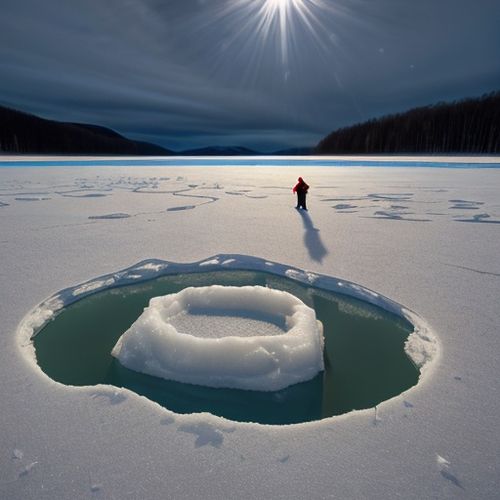
By Natalie Campbell/May 8, 2025
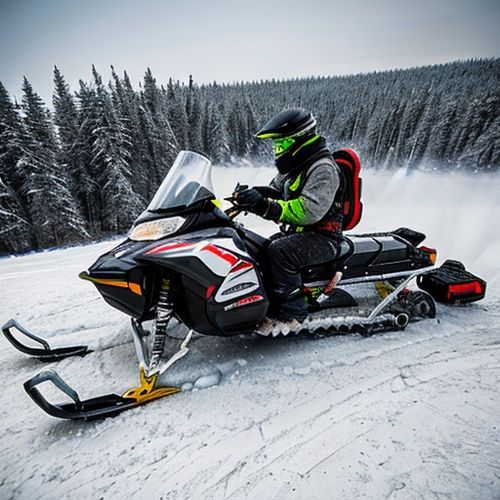
By Olivia Reed/May 8, 2025
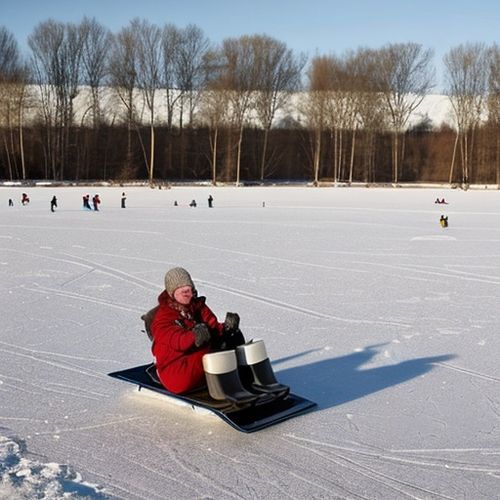
By Lily Simpson/May 8, 2025
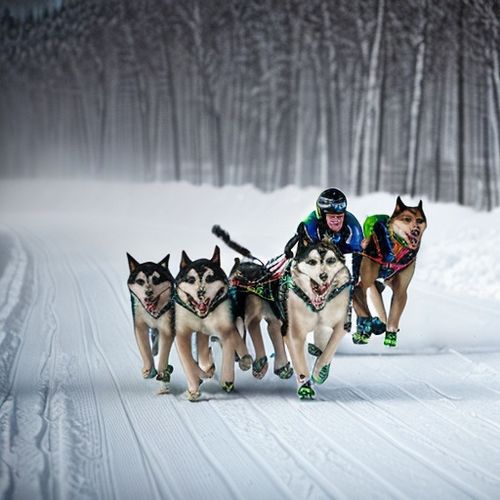
By Olivia Reed/May 8, 2025
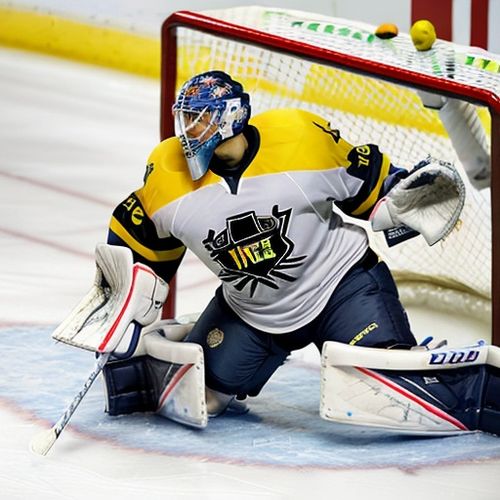
By Thomas Roberts/May 8, 2025

By Daniel Scott/May 8, 2025
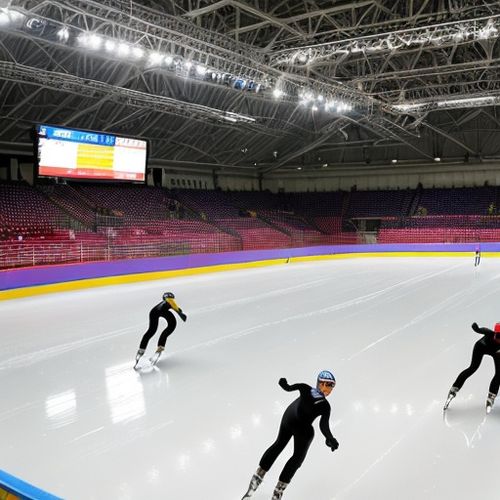
By George Bailey/May 8, 2025
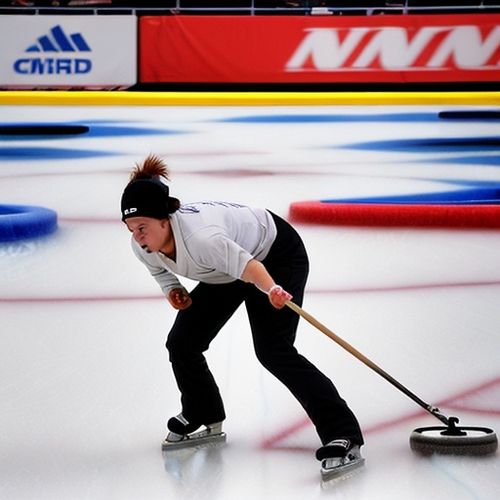
By David Anderson/May 8, 2025
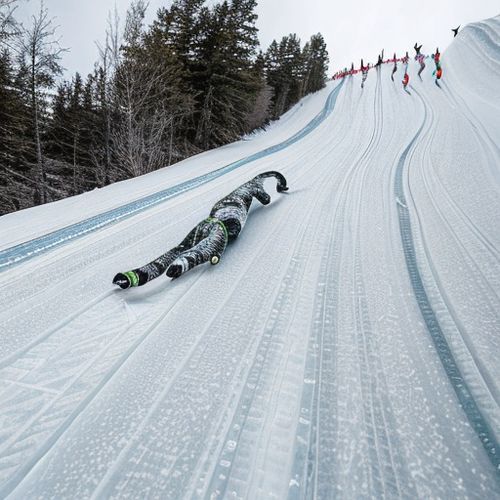
By Amanda Phillips/May 8, 2025
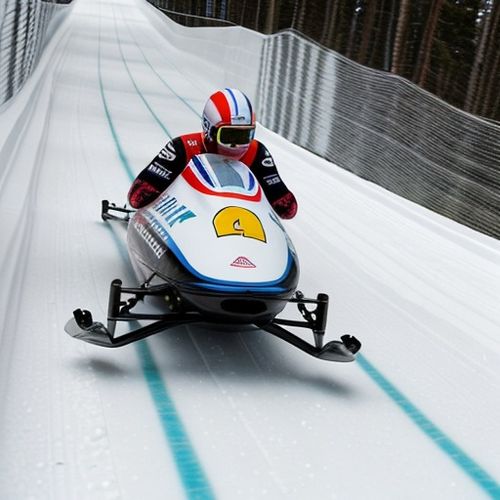
By Rebecca Stewart/May 8, 2025
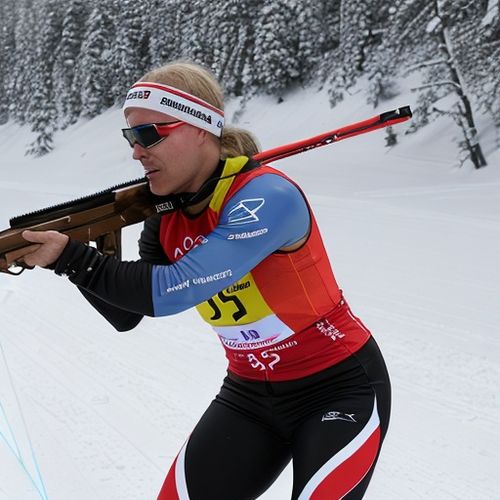
By Christopher Harris/May 8, 2025

By Emily Johnson/May 8, 2025
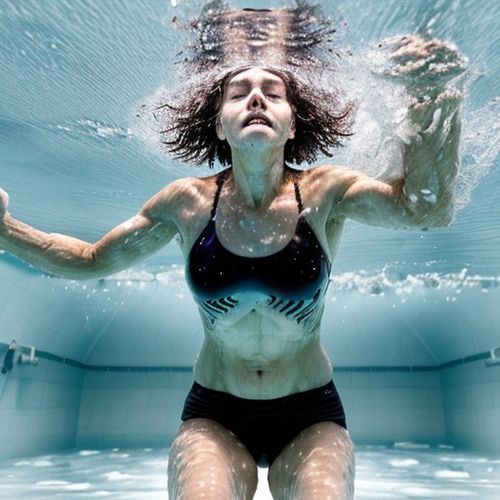
By Christopher Harris/May 8, 2025
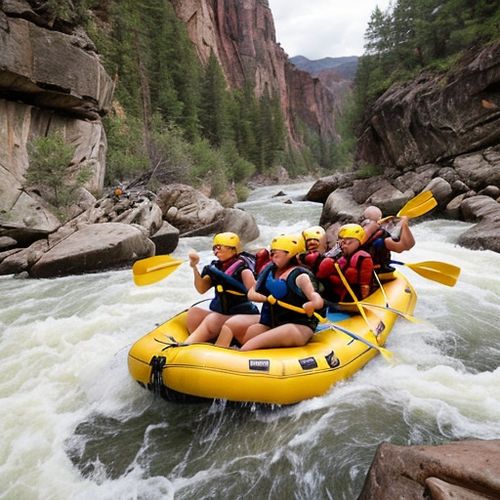
By Thomas Roberts/May 8, 2025
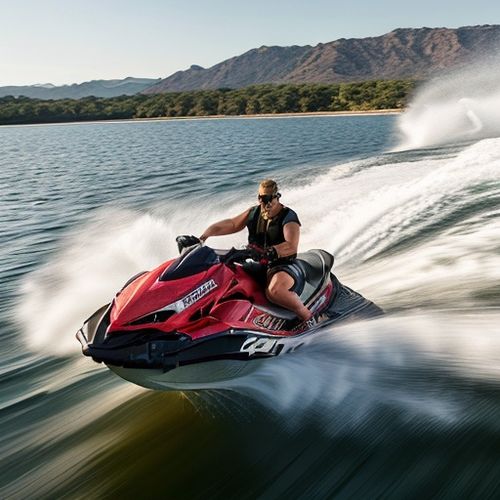
By Rebecca Stewart/May 8, 2025
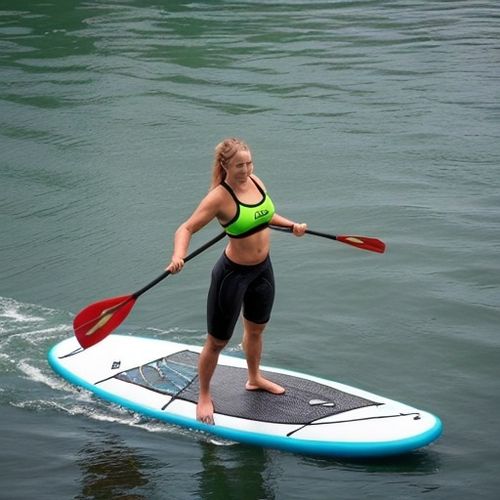
By Noah Bell/May 8, 2025
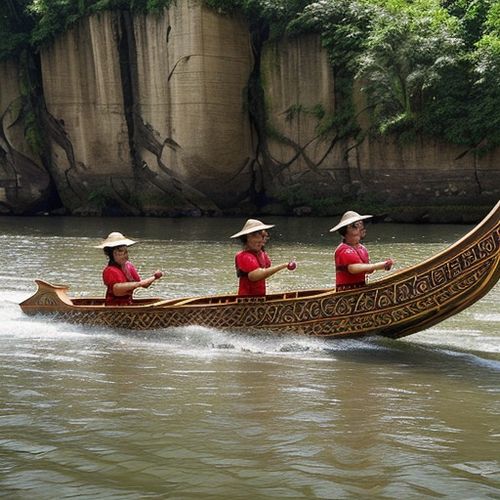
By Lily Simpson/May 8, 2025
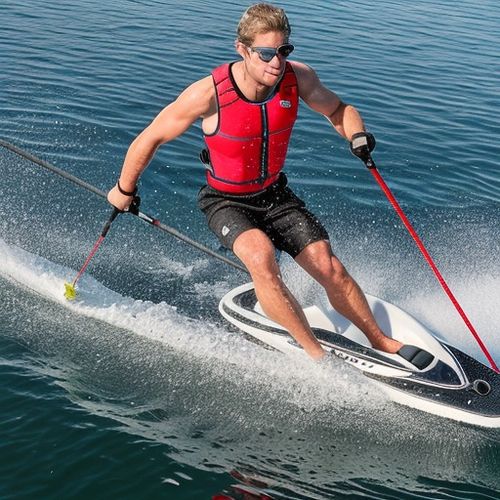
By Megan Clark/May 8, 2025
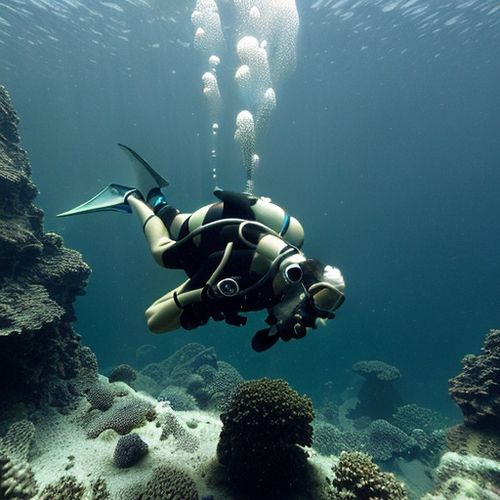
By Megan Clark/May 8, 2025